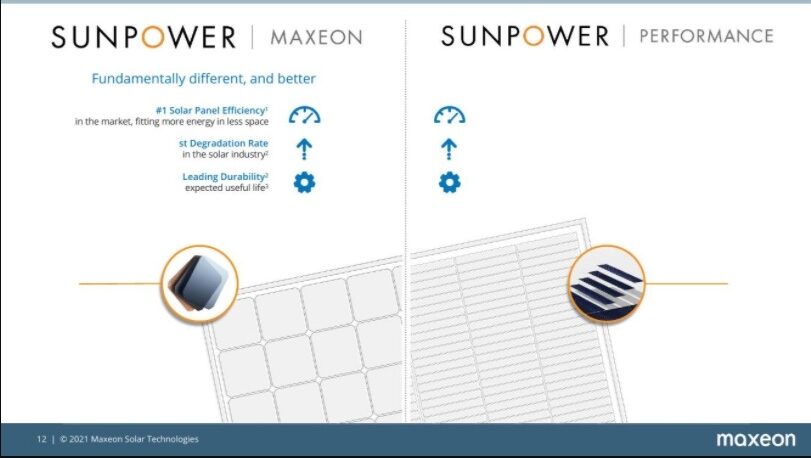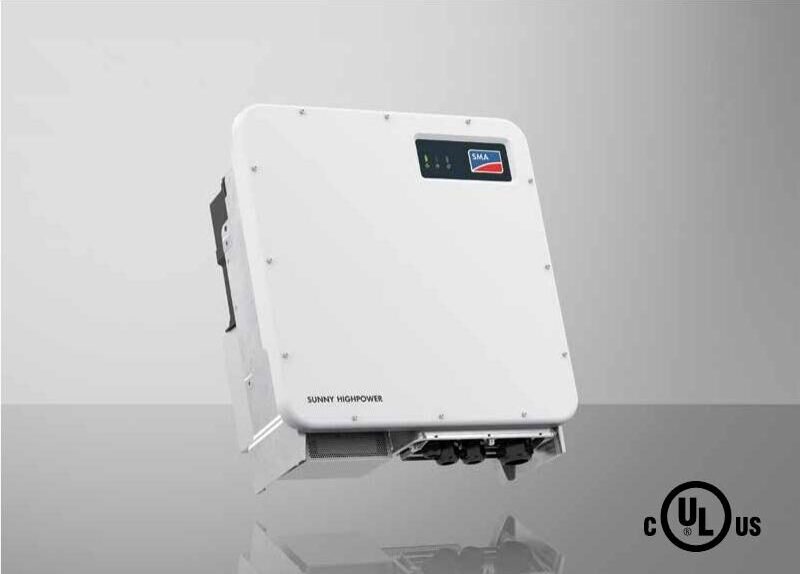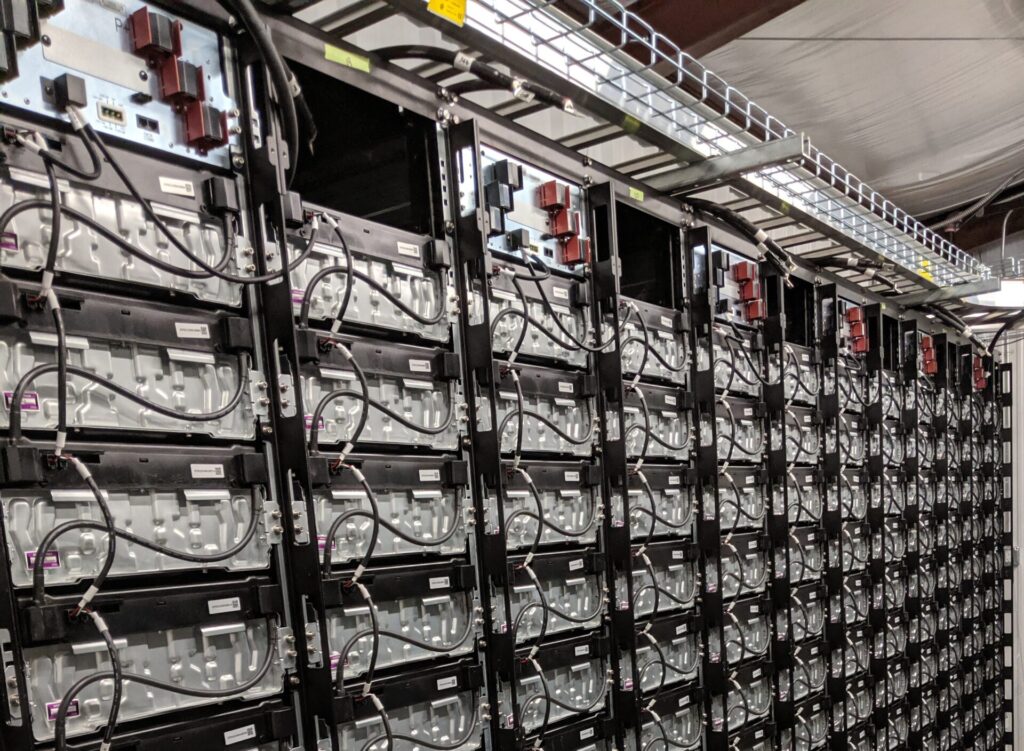
The Industry
The renewable-energy industry is relatively new; therefore, it is immature and highly fragmented. It has not yet settled on sound business models to ensure excellent results with efficiency. It is primarily composed of some large EPCs (Engineering Procurement and Construction firms) plus many smaller specialty subcontractors. This has forced customers for renewable-energy facilities to try to make up for this immature fragmentation themselves.
Financing projects is nearly always a complex, separate task farmed out to various lenders and investors. Thus, it is not well-coordinated with the development of the project itself.
The industry is full of misleading and downright false information. This makes it very difficult for customers to distinguish good equipment from bad or good service providers from those who cut corners at customer expense.
Experts with long experience in renewables know many important facts deliberately kept secret from customers, to their eventual sorrow.
Equipment Quality
Conventional wisdom in this industry says that all the equipment is the same and all is good. Here are some examples in the solar and storage sector that prove this false.

Solar Panels
Amazingly, the best solar panels cost the least per amount of electricity produced, which is what matters. This is true in their first year of life, and gets more and more true as they age. They are also much more reliable (only .0001% of panel failures), last two to three times as long, and are backed by the only warranties worth the paper they’re printed on. All other solar panels cost more per kWh (kilo-watt hour) of electricity, degrade much faster over time, fail much more often (usually from developing hot spots), and are usually worthless by ten to eighteen years of life. Their warranties are so full of loopholes that they never need be honored, and rarely are. All these differences are magnified in challenging environments.
Not the least cost per pound, square meter, or watt. Those aren’t real measures of value. But the least cost per kilo-Watt-hour per year of electricity produced when actually constructed at the buyer’s site, in the first year and beyond.
This fact is a deep, dark secret in the solar industry, because if all buyers knew this, most solar companies would go out of business. To keep buyers from discovering this dangerous truth, the solar industry focuses exclusively on cost per watt – a completely meaningless and misleading statistic.
For example, if you compare two solar panels with exactly the same wattage rating, one will produce 30% more electric energy per year than the other, when installed on site. But you won’t see any mention of this in advertising, of course.
Inverters
Solar inverters also differ drastically in quality and longevity. There is only one company that manufactures top-notch ones. They have much higher power, are far more flexible in matching solar output, permit better facility design, are easier and less expensive to install and service, and last up to twice as long as inferior inverters.


Panel Cleaning Systems
Solar panels lose significant productivity when not kept constantly clean. They also develop hot spots, the leading cause of panel failure. But most panel-cleaning systems are ineffective, expensive to run, and damage panels. Some use no liquids. In sandy environments, for example, they have the effect of sand-papering the glass protecting the solar cells. This wears out the panels in just a few years. Others use harsh chemicals, brushes, or both, also shortening the life of the panels. The few that use just purified water use off-the-shelf and poorly designed components that don’t work well with solar panels and their frames, leading to corrosion and shortened life. There is only one panel-cleaning system in the world right now that actually works and makes sense economically.
Battery Storage
Only one American company designs and manufactures Battery Energy Storage Systems for utility-scale renewable-energy facilities. It uses state-of-the-art technology, along with sophisticated management and control hardware and software. These make all the difference in flexibility, degradation rates, longevity, and safety.


Service Quality
Our Services page describes the ten specialty services required for utility-scale renewable-energy projects. There are large differences in expertise among the smaller firms that specialize in each of these areas, resulting in a significant range of quality in their results. When firms have to cut their costs to make up for more expensive equipment and inefficiencies in project services, quality suffers.
Poor or nonexistent Needs Analyses and Feasibility Studies lead to poor choice of project, site, technology, size, and design. Quick-and-dirty design and engineering limit the quality and efficiency of every step that follows them in the project. Slapdash engineering and installation lower the productivity of the facility and lead to troubles down the road. Inexpertly managed financing and ownership structures lead to higher customer costs.
request for Propsal
 Most customers choose project developers through an RFP bidding process. This has not worked well for those who have tried it. The reasons are many.
Most customers choose project developers through an RFP bidding process. This has not worked well for those who have tried it. The reasons are many.
The RFP is usually created by the customer’s own engineers and utility staff, including specifications for the facility desired. But these people are rarely leading experts in all the technologies involved. Nor do they know how to do a proper Needs Analysis or Feasibility Study for such projects. Therefore, the specifications are usually not the right ones to meet the customer’s actual needs.
Then large companies consider bidding on the project. But developing proposals to submit is time-consuming and expensive. The better large companies already have all the work they can handle. They also see that such tenders are usually won by below-cost bids from companies subsidized by their governments for geopolitical reasons, such as gaining access to and influence over other countries by controlling their sources of energy. So they refuse to submit proposals.
This has resulted in an exit of American companies from such foreign projects. GIRS is leading a return of American business to the renewable-energy field abroad.
Finally, customers usually select what appears to be the lowest-cost bid, because they are unable to evaluate the bids properly and choose the right one with the highest value. Therefore, the chosen proposal is rarely the actual lowest cost. The true costs are disguised.
The winner has every incentive to cut corners, find loopholes in contracts, and delay. Without these tactics, they will surely lose money on the project. The result is that customers end up with low-quality equipment and services at much higher true prices than they expected. In a few years, this equipment starts to fail, and customers discover they have little recourse against builders.
This is why RFPs are a terrible way to find the right developer for a renewable-energy project.
The Developer’s Dilemma

Another well-kept secret in the renewable-energy industry is the dilemma that developers face and the unsatisfactory choices they have to make to cope.
A large company (general contractor, usually an EPC – Engineering Procurement and Construction firm) is selected to build the facility. It must subcontract most of the work to small, specialist firms. But the few really good specialists are busy and charge a fair price for their expertise.
Therefore, general contractors put out Requests for Proposals, receive bids, and compromise quality for the sake of specialist availability and low cost.
This also results in a different group of subcontractors on every project. The companies are just temporary bedfellows who never get enough experience together to learn how to collaborate effectively and efficiently. The specialists are not motivated to excel, because they are only hired for this one project. Instead, they get beaten down for cost, and must cut corners to make ends meet. The best ones refuse to do this.
This business model has another critical drawback: coordinating and managing the work of multiple companies in complex projects is an art. When the companies and people involved don’t even know each other, it is almost impossible.